info@chinaadventure.org
86-18008011324
Search
Xinjiang is a region of breathtaking beauty, diverse landscapes, and rich cultural heritage located in the northwest of China. It is known for its vast deserts, stunning mountains, and vibrant ethnic communities. However, before planning a trip to this mesmerizing destination, it is essential to understand the weather and climate of Xinjiang. This comprehensive guide will provide insights into the weather patterns, the best time to visit, packing tips, unique cultural experiences, and how to navigate weather-related challenges, ensuring that travelers make the most of their journey to Xinjiang.

Xinjiang experiences a continental climate, characterized by hot summers and cold winters. The region is vast, covering diverse landscapes, from the arid desert of the Taklamakan in the south to the snow-capped peaks of the Tianshan Mountains in the north. Due to its geographical expanse, the climate can vary significantly from one area to another. The summer months, from June to August, bring scorching temperatures, particularly in the desert regions, with temperatures often exceeding 40°C (104°F). Conversely, winter, from December to February, brings freezing temperatures, especially in the mountainous areas, with temperatures dropping well below freezing.
The spring and autumn months, from March to May and September to November respectively, offer milder temperatures and are generally considered the most pleasant times to visit Xinjiang. However, it is important to note that weather patterns can be unpredictable, and travelers should be prepared for rapid changes in conditions, particularly in the mountainous regions. Understanding the climate variations is crucial for planning a trip that aligns with individual preferences and activities.
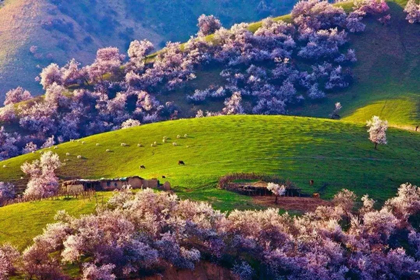
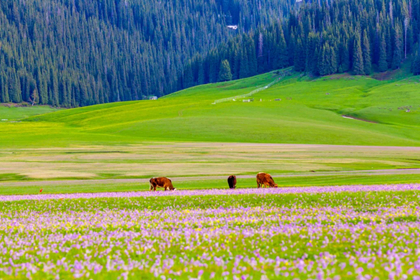
Xinjiang experiences four distinct seasons, each offering unique experiences for travelers. Spring, from March to May, is characterized by blooming flowers, making it an ideal time for nature enthusiasts and photographers. The temperature during this season ranges from mild to warm, providing comfortable weather for outdoor exploration. Summer, from June to August, brings intense heat, especially in the desert regions, making it suitable for those seeking adventure in the arid landscapes, such as the famous Gobi Desert.
Autumn, from September to November, showcases stunning foliage as the landscapes transition to vibrant hues of red, orange, and gold. This season offers pleasant temperatures, making it an excellent time for hiking and cultural exploration. Winter, from December to February, transforms Xinjiang into a winter wonderland, with snow-covered landscapes and opportunities for winter sports in the mountainous regions. Each season presents its own set of attractions, catering to a wide range of interests, from outdoor adventures to cultural immersions.
Click to get more info about Four Seasons of Xinjiang.
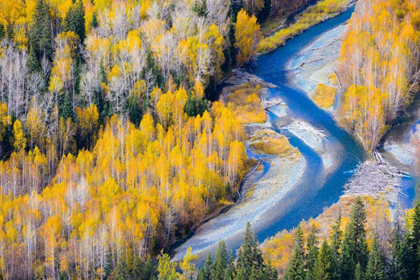
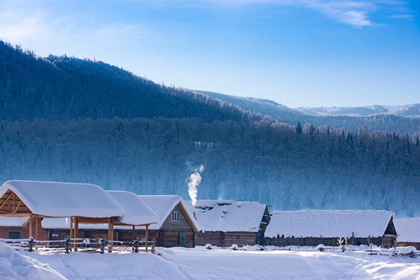
The best time to visit Xinjiang largely depends on individual preferences and the specific activities planned. For those interested in exploring the desert landscapes and experiencing traditional nomadic culture, the summer months offer the most authentic experience. However, for travelers seeking to engage in outdoor activities such as hiking, horseback riding, and cultural festivals, the spring and autumn months provide the most favorable conditions. Winter enthusiasts, on the other hand, can revel in the snowy landscapes and partake in activities like skiing and snowboarding during the winter months.
It is essential to consider the intended activities and personal tolerance for extreme temperatures when determining the best time to visit Xinjiang. Additionally, taking into account the peak tourist seasons and the availability of accommodations and tours can contribute to a more enjoyable and comfortable travel experience.

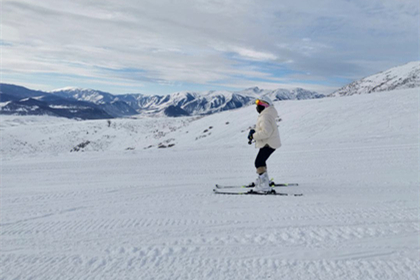
When planning a trip to Xinjiang, it is important to consider the weather and climate implications for various activities. For instance, hiking and outdoor excursions are best enjoyed during the spring and autumn months when the temperatures are moderate, and the landscapes are at their most picturesque. Cultural festivals and events are abundant during these seasons, providing travelers with the opportunity to immerse themselves in the local traditions and customs.
Summer brings the allure of the vast deserts, where travelers can engage in camel treks, desert camping, and stargazing in the clear night skies. Winter opens up opportunities for winter sports and exploration of the snow-covered landscapes, making it an ideal time for adventure seekers and photography enthusiasts. By aligning activities with the prevailing weather conditions, travelers can optimize their experiences and make the most of their journey through Xinjiang's diverse terrains.
Packing for a trip to Xinjiang requires careful consideration of the diverse climate and activities that the region offers. Essential items include lightweight and breathable clothing for the summer months, along with sun protection such as hats, sunglasses, and sunscreen to shield against the intense desert sun. In contrast, the winter months demand warm layers, insulated outerwear, and sturdy footwear suitable for snowy conditions.
For outdoor activities and excursions, it is advisable to pack comfortable hiking shoes, a daypack, water bottles, and navigation tools. Additionally, carrying a first-aid kit, insect repellent, and any necessary medications is essential for addressing potential health concerns. Travelers should also be prepared for temperature variations by packing versatile clothing options that can adapt to changing weather conditions. By packing strategically for the expected climate and planned activities, travelers can ensure a comfortable and enjoyable experience in Xinjiang.

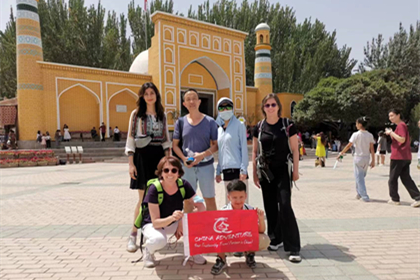
Xinjiang's landscapes offer a captivating tapestry of natural wonders, from the otherworldly deserts to the majestic mountain ranges. The Taklamakan Desert, one of the largest and driest deserts in the world, beckons adventurers to traverse its vast expanse and witness the mesmerizing sand dunes and oases. The Tianshan Mountains, with their snow-capped peaks and alpine lakes, provide opportunities for hiking, mountaineering, and wildlife observation.
The diverse topography of Xinjiang also includes the picturesque grasslands of the Ili Valley, the surreal beauty of the Flaming Mountains, and the tranquil beauty of Heavenly Lake. Exploring these diverse landscapes offers travelers a profound appreciation for the natural splendor of Xinjiang and the opportunity to engage in a wide array of outdoor activities. Whether it's exploring the Silk Road ruins, embarking on a desert adventure, or marveling at the grandeur of mountain vistas, Xinjiang's landscapes promise unforgettable experiences for travelers.

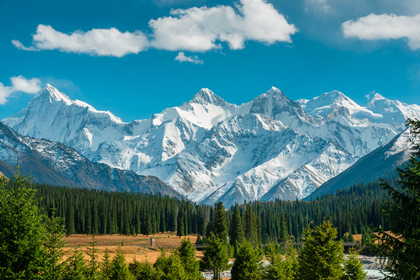
In addition to its stunning natural landscapes, Xinjiang is renowned for its rich cultural diversity, shaped by its history as a vital crossroads along the ancient Silk Road. The region is home to several ethnic groups, including the Uighurs, Kazakhs, Tajiks, and Han Chinese, each contributing to the vibrant tapestry of traditions, special Xinjiang cuisine, and art. Travelers to Xinjiang have the opportunity to immerse themselves in the unique cultural experiences that make this region truly distinctive.
Exploring the bustling bazaars, such as the Grand Bazaar in Urumqi, offers a glimpse into the vibrant marketplace culture of Xinjiang, where traditional crafts, spices, and textiles abound. Visitors can also partake in traditional Uighur music and dance performances, savor the diverse culinary delights, and witness the architectural splendor of ancient mosques and mausoleums. Engaging with local communities and participating in cultural celebrations provides a deeper understanding of Xinjiang's heritage and fosters meaningful connections with its people.
While Xinjiang's weather offers diverse experiences, it also presents certain challenges that travelers should be prepared for. The extreme temperatures during summer and winter can pose risks if not approached with caution. Dehydration and heat exhaustion are concerns in the desert regions during summer, emphasizing the importance of staying hydrated and seeking shade during outdoor activities. Similarly, winter conditions in the mountainous areas require adequate preparation for cold temperatures and potential snowstorms.
Travelers should also be mindful of sudden weather changes, particularly in the mountainous regions, and be prepared with appropriate gear and provisions. It is advisable to stay informed about weather forecasts and heed any advisories or warnings issued by local authorities. By understanding and preparing for weather-related challenges, travelers can mitigate potential risks and ensure a safe and enjoyable journey through Xinjiang's varied landscapes.

Xinjiang offers a wealth of natural beauty, cultural richness, and diverse experiences for travelers seeking an immersive journey. Understanding the weather and climate patterns, selecting the best time to visit based on individual preferences, and preparing for weather-related challenges are essential steps for maximizing the travel experience in Xinjiang. By embracing the unique landscapes, engaging in cultural experiences, and prioritizing safety measures, travelers can embark on a remarkable exploration of Xinjiang's enigmatic allure.
In closing, it is important to emphasize the significance of respectful and responsible travel practices, including environmental conservation and cultural appreciation. By approaching the journey with an open mind and a spirit of curiosity, travelers can forge meaningful connections with the land and its people, leaving behind positive impressions and lasting memories. With careful planning, thoughtful preparation, and a spirit of adventure, a trip to Xinjiang promises to be an unforgettable odyssey through a land of captivating contrasts and enduring traditions.
With its awe-inspiring landscapes, vibrant culture, and diverse experiences, Xinjiang awaits the intrepid traveler, offering a journey that transcends expectations and leaves an indelible mark on the soul.
we’ll reply you in 24 hours!
Copyright © 2012-2024 All Rights Reserved to chinaadventure.org